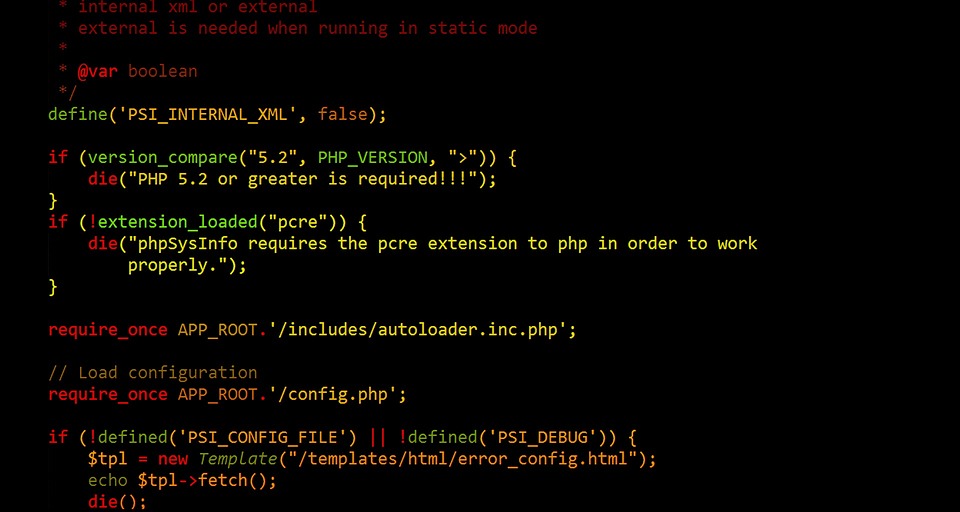Hey there, fellow tech enthusiasts! 😊🚀 If you’re as intrigued by the ongoing buzz around low-code platforms as I am, you’re in for a treat today. Let’s demystify the concept of scalability in low-code environments and see whether it’s all it’s cracked up to be, or just a tall tale. So, grab a cup of coffee, and let’s delve into the world of low-code scalability together!
What is Low-Code, and Why the Hype?
Before we tackle the beefy subject of scalability, let’s take a quick look at what low-code platforms are all about. In essence, low-code development platforms allow for the design and creation of software applications with minimal hand-coding. They provide a visual approach to programming, making it accessible for non-developers and accelerating the development process for seasoned coders.
The hype, my friends, stems from our insatiable hunger for more apps, better functionality, and faster market delivery. Low-code platforms promise just that. And with the rise of digital transformation, Forrester’s Wave report on low-code development platforms presents a stunning account of this technological revolution.
Adoption rates are through the roof, but with this explosive growth come concerns regarding the ability of these platforms to scale. Can these seemingly simpler systems handle the complex demands of modern businesses as they expand? Let’s find out.
The Scalability Debate in Low-Code Platforms
Scalability – the capacity to handle growth without performance degradation – is a critical factor for any enterprise solution. And when it comes to low-code platforms, opinions on scalability are divided.
Some argue that the abstracted nature of low-code platforms limits their scalability, as optimizing performance and custom workflows can be challenging. Conversely, advocates believe that scalability is indeed achievable, citing modern platform architectures that are designed to handle varying loads and the integration capabilities that extend functionality.
Sorting fact from fiction entails looking at cold, hard evidence. And concerning Gartner’s Magic Quadrant on enterprise low-code application platforms, the reality seems promising. Yet, challenges do persist, so let’s examine them more closely in this deep dive.
Unveiling the Truth: Is Low-Code Scalability a Myth or Reality?
Now, to address the elephant in the room – can low-code platforms truly scale? Well, I believe the answer lies in a shade of grey rather than a straightforward ‘yes’ or ‘no’.
On the one hand, low-code platforms such as OutSystems and Microsoft PowerApps are proving that low-code scalability is not a myth. They offer enterprise-grade capabilities, robust security, and an array of integration options, supporting businesses through various stages of growth.
However, businesses with highly specialized, complex, or unique requirements may find themselves hitting a wall. Customization and fine-tuning are often necessary for scalability, which may require traditional coding expertise and challenge the purported simplicity of low-code solutions.
Strategies for Ensuring Scalability in Low-Code Platforms
To circumvent potential scalability issues, a strategic approach is required. Here’s how one can ensure their scalability in low-code platforms:
First, choose a low-code platform that prioritizes scalability and supports your specific business needs. Assess the platform’s infrastructure, security, and integration capabilities. Second, involve IT professionals in the development process to inject traditional coding expertise when needed. And third, always plan for the future by anticipating growth and the complexities it may bring.
Moreover, DevOps principles can be applied within low-code development to foster scalability through continuous integration and delivery, ensuring that applications evolve smoothly with business requirements.
Real-World Success Stories of Scalable Low-Code Solutions
It’s all well and good to discuss theories, but nothing speaks louder than success stories. Companies around the globe have leveraged low-code platforms to scale efficiently. For instance, AIG Japan utilized OutSystems to rapidly develop customer-facing applications that effortlessly scaled to meet increased demand.
Fidelity Investments, a financial services giant, turned to a low-code platform for process automation tools, drastically reducing development time and scaling the solution across the enterprise. Such case studies showcase that low-code scalability is a reality, albeit with careful planning and execution.
These success stories indicate that when leveraged correctly, low-code platforms can indeed act as catalysts for growth, allowing companies to pivot and expand without being bogged down by the typical constraints of software development.
Don’t Miss Out: Join Our Gibni Newsletter
Enjoying the insights and itching for more? Don’t let the tech talk stop here. Subscribe to our Gibni newsletter for cutting-edge discussions on low-code platforms, enterprise software solutions, and much more. Join a community of like-minded technology aficionados, and never miss an update from the digital world. Click here to subscribe and keep the conversation going!
FAQs on Low-Code Scalability: Myth or Reality?
Can low-code applications handle large numbers of users?
Yes, with the right architecture and platform choice, low-code applications can be scaled to handle large numbers of concurrent users.
Are low-code platforms suitable for enterprise-scale solutions?
Yes, many low-code platforms are designed specifically for enterprise scalability and offer robust integration and security features.
Can complex applications be built and scaled with low-code?
Complex applications can be built using low-code platforms, though they may require some traditional coding to achieve the desired level of complexity and scalability.
Is it possible to migrate low-code applications to high-code if needed?
While it can be complex, migrating low-code applications to traditional high-code environments is possible, especially if the low-code platform follows industry-standard coding practices.
Do low-code platforms offer integration options to enhance scalability?
Yes, most modern low-code platforms offer a range of integration options, including APIs and connectors, to expand their capabilities and enhance scalability.
Wrapping up, whether low-code scalability is a myth or reality depends on a spectrum of factors, including platform choice, application design, and the strategic involvement of IT experts. As we’ve seen, scaling low-code solutions is not just possible but can also facilitate swift growth when executed with foresight and precision. So, keep those apps growing, and remember, the future of development is as scalable as your imagination — and your chosen platform! 😉✨
Keywords and related intents:
Keywords:
1. Low-code platforms
2. Scalability in low-code
3. Low-code development
4. Enterprise low-code solutions
5. Visual programming
6. Digital transformation
7. Integration in low-code
8. OutSystems scalability
9. Microsoft PowerApps
10. Low-code DevOps
Search Intents:
1. Understanding low-code platform scalability
2. The truth about low-code scalability
3. How to choose scalable low-code platforms
4. Analysis of Forrester and Gartner reports on low-code scalability
5. Real-world examples of scalable low-code platforms
6. Scalability challenges in low-code environments
7. Strategies for scaling low-code applications
8. Advantages of low-code platforms for enterprises
9. The relationship between low-code and traditional coding for scalability
10. Subscribing to newsletters for low-code technology updates
#scalability in low-code platforms
#LowCode #Scalability #Myth #Reality







